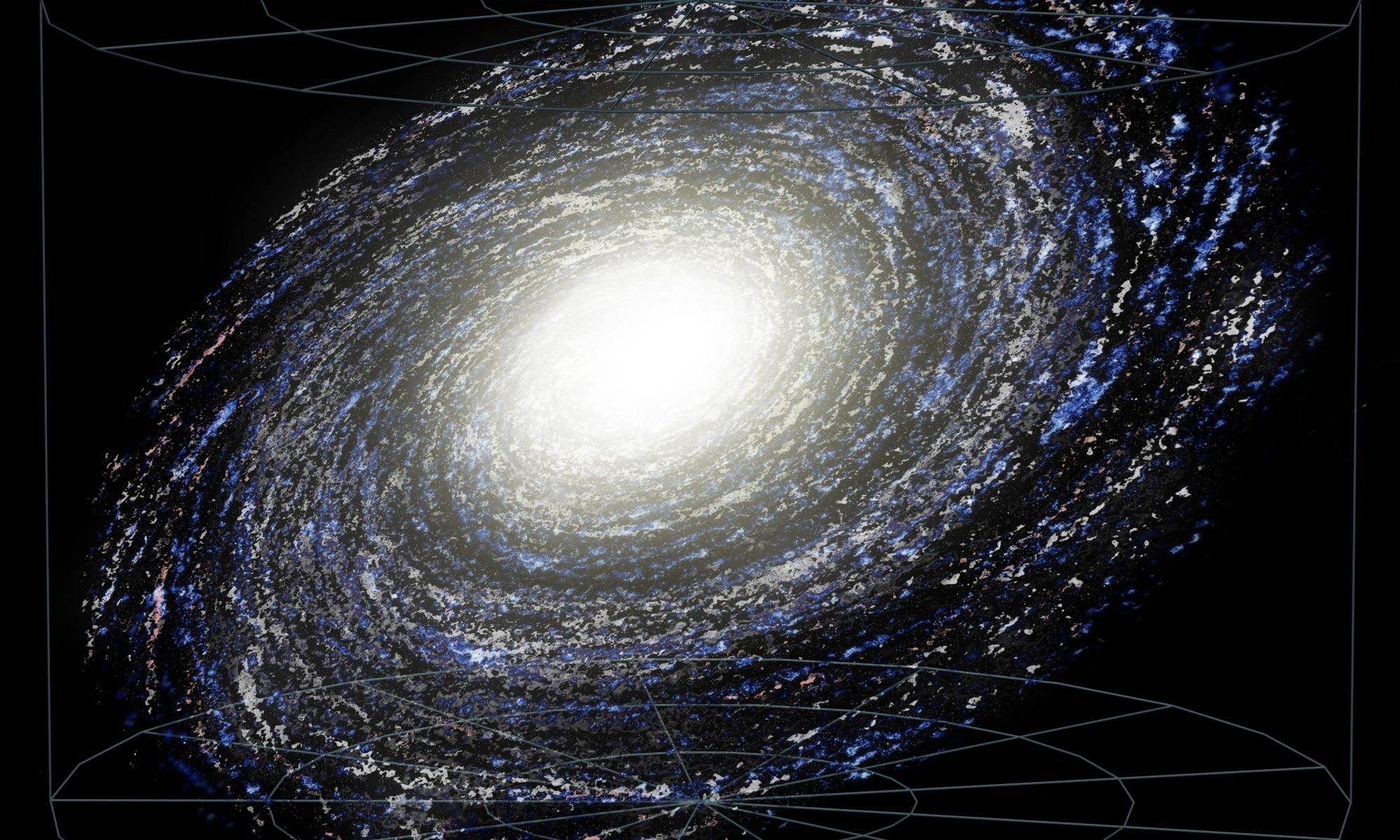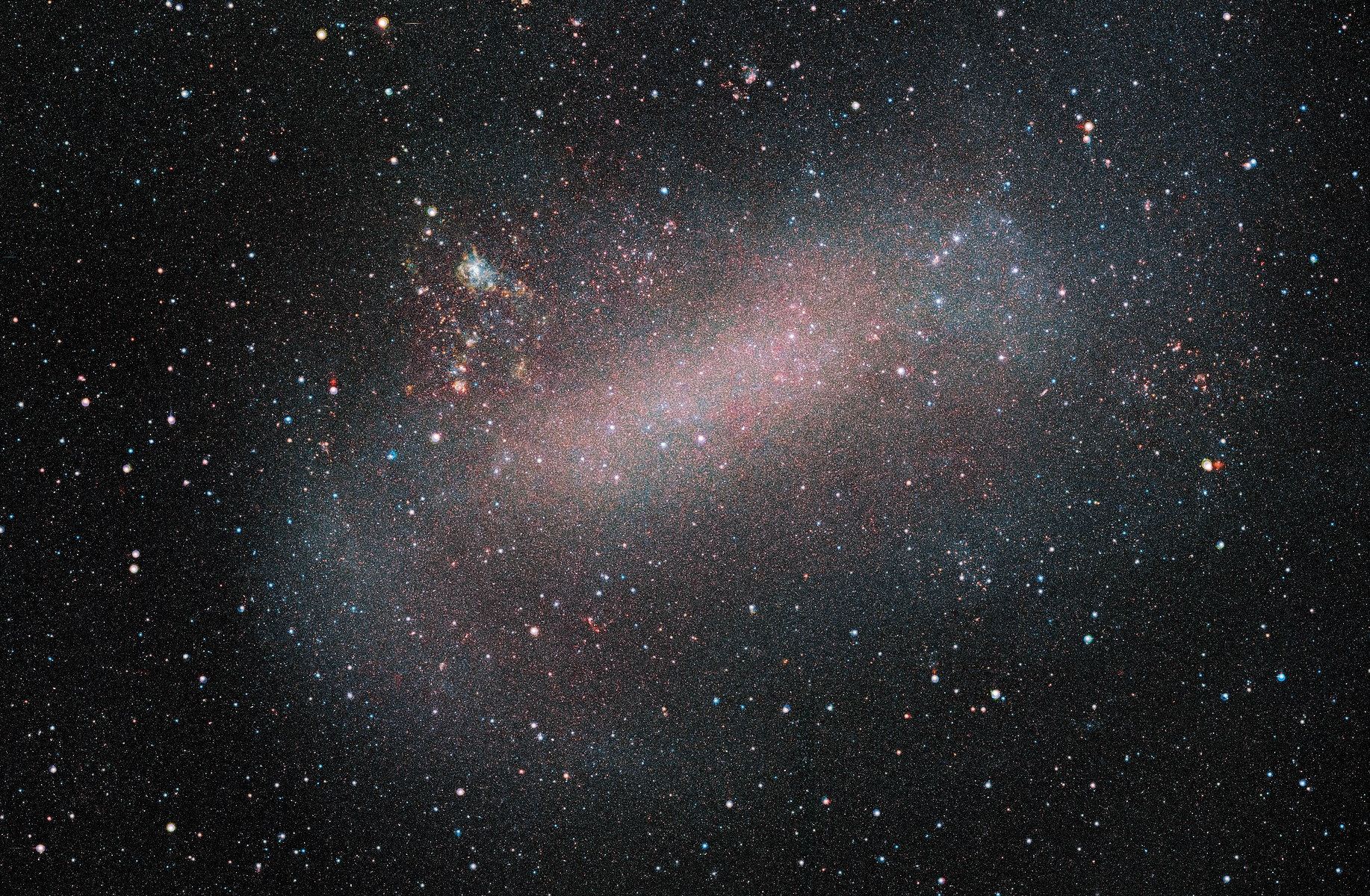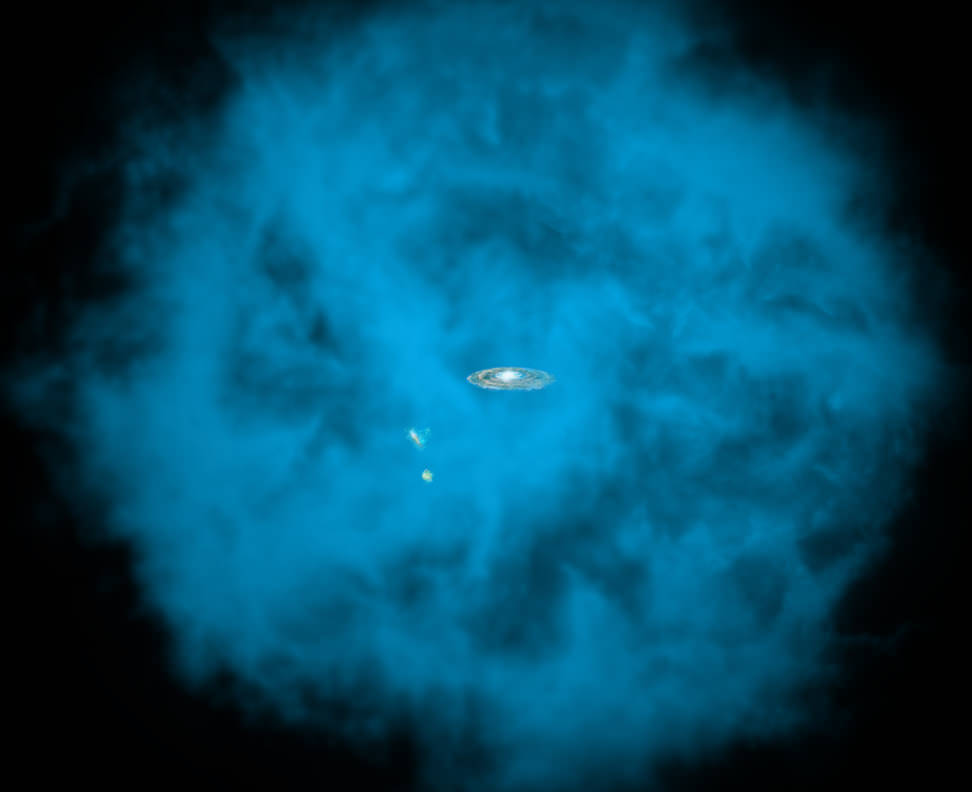How do you weigh a galaxy? It’s an astronomical challenge, particularly if it’s the galaxy you call home. It turns out there are several ways to get a handle on the mass of the Milky Way, and a recent study summarizes these methods to present the best value.
Continue reading “Exactly How Massive is the Milky Way?”The Milky Way has Trapped the Large Magellanic Cloud With its Gravity. What Comes Next?
Our galaxy’s largest nearby companion is the Large Magellanic Cloud (LMC), a dwarf galaxy visible to the naked eye in the Southern Hemisphere. In recent years, new theoretical research and better observational capabilities have taught astronomers a great deal about our (not-so-little) neighbour. It’s becoming increasingly clear that the LMC is helping shape the Milky Way’s evolution.
Continue reading “The Milky Way has Trapped the Large Magellanic Cloud With its Gravity. What Comes Next?”You’re Looking at a Map of the Milky Way’s Magnetic Field

Using telescopes that study the sky in the microwave part of the electromagnetic spectrum, astronomers have successfully mapped the structure of the magnetic field of the Milky Way galaxy. While magnetic fields are difficult to measure in space, an international team of astronomers used the Teide Observatory on Tenerife in the Canary Islands to conduct 10 years of observations.
Continue reading “You’re Looking at a Map of the Milky Way’s Magnetic Field”Astronomers Used a Fast Radio Burst to Probe the Structure of the Milky Way
In the past decade and a half, hundreds of Fast Radio Bursts (FRBs) have been detected by astronomers. These transient energetic bursts occur suddenly, typically last for just a few milliseconds, and are rarely seen again (except in the rare case of repeating bursts). While astronomers are still not entirely sure what causes this phenomenon, FRBs have become a tool for astronomers hoping to map out the cosmos. Based on the way radio emissions are dispersed as they travel through space, astronomers can measure the structure and distribution of matter in and around galaxies.
Using the Deep Synoptic Array (DSA) at the Owens Valley Radio Observatory (OVRO), a team of astronomers from Caltech and Cornell University used an intense FRB from a nearby galaxy to probe the halo of hot gas that surrounds the Milky Way. Their results show that our galaxy has significantly less visible (“baryonic” or “normal”) matter than previously expected. These findings support theories that matter is regularly ejected from our galaxy due to stellar winds, supernovae, and accreting supermassive black holes (SMBHs).
Continue reading “Astronomers Used a Fast Radio Burst to Probe the Structure of the Milky Way”Is the Milky Way… Normal?
Studying the large-scale structure of our galaxy isn’t easy. We don’t have a clear view of the Milky Way’s shape and features like we do of other galaxies, largely because we live within it. But we do have some advantages. From within, we’re able to carry out close-up surveys of the Milky Way’s stellar population and its chemical compositions. That gives researchers the tools they need to compare our own galaxy to the many millions of others in the Universe.
This week, an international team of researchers from the USA, UK, and Chile released a paper that does just that. They dug through a catalogue of ten thousand galaxies produced by the Sloan Digital Sky Survey, searching for galaxies with similar attributes to our own.
They discovered that the Milky Way has twins – many of them – but just as many that are only superficially similar, with fundamental differences buried in the data. What they discovered has implications for the future evolution of our own galaxy.
Continue reading “Is the Milky Way… Normal?”How Do Stars Get Kicked Out of Globular Clusters?
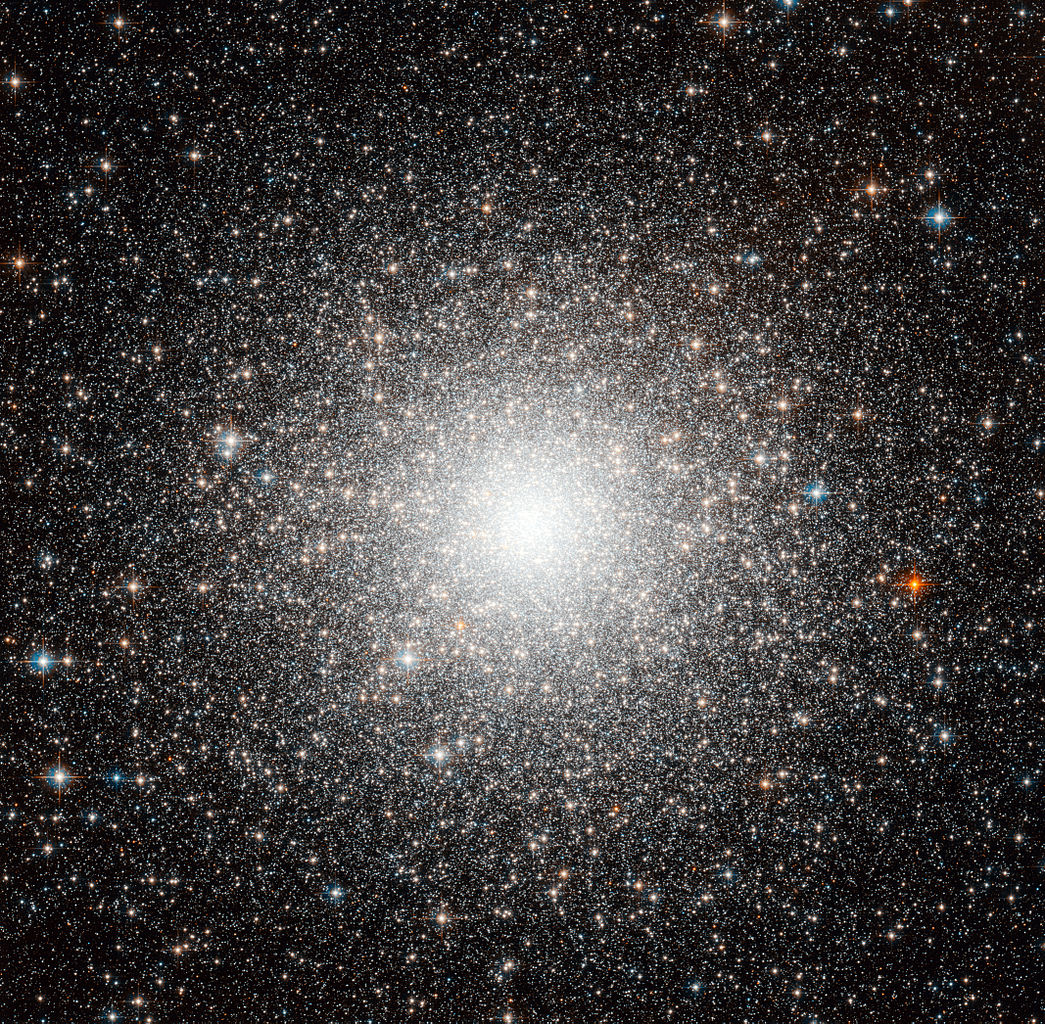
Globular clusters are densely-packed collections of stars bound together gravitationally in roughly-shaped spheres. They contain hundreds of thousands of stars. Some might contain millions of stars.
Sometimes globular clusters (GCs) kick stars out of their gravitational group. How does that work?
Continue reading “How Do Stars Get Kicked Out of Globular Clusters?”The Milky Way has an Inner Ring, Just Outside the Core
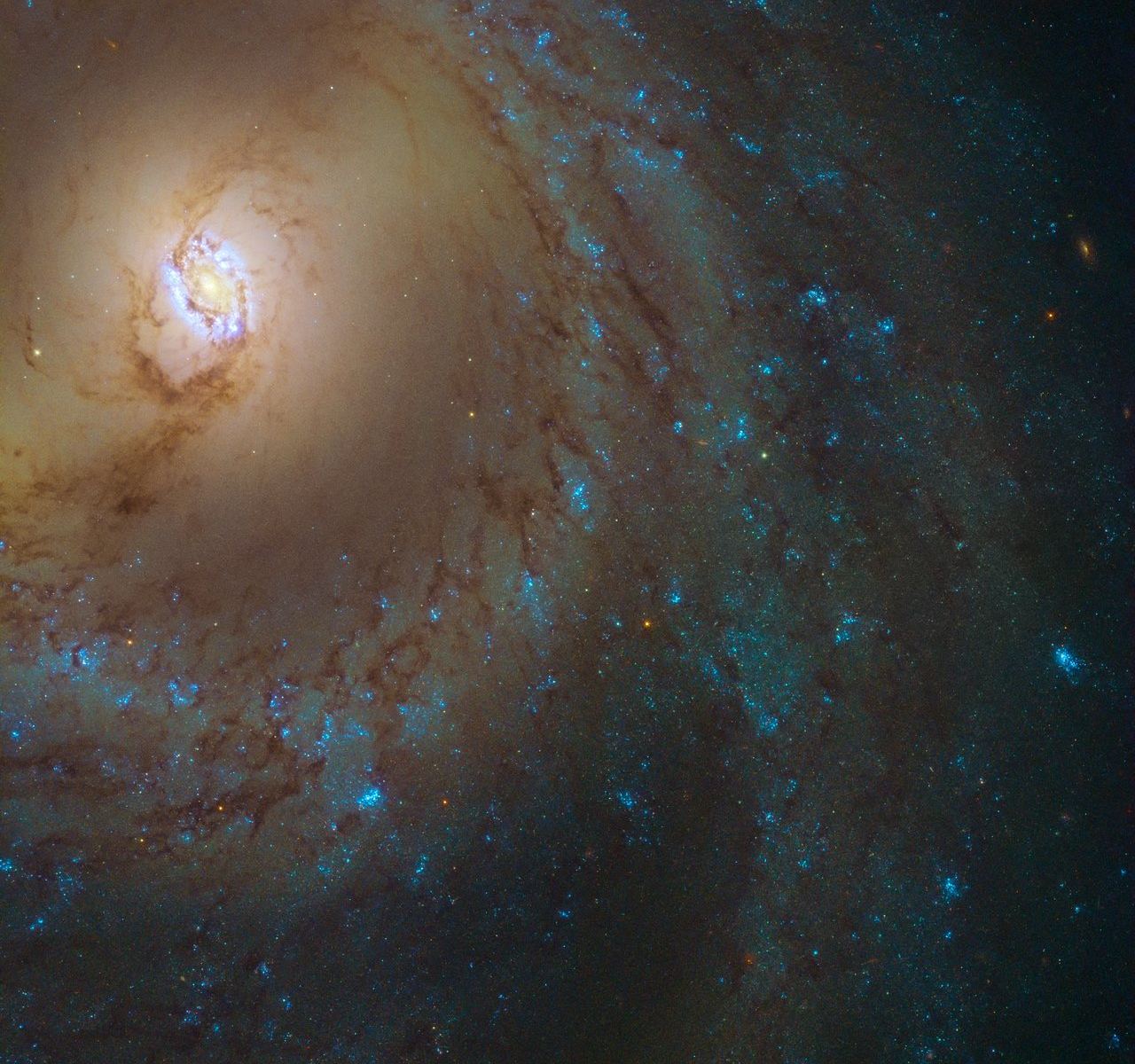
In the past century, astronomers have learned a great deal about the cosmos and our place in it. From discovering that the Universe is in a constant state of expansion to the discovery of the Cosmic Microwave Background (CMB) and the Big Bang cosmological model, our perception of the cosmos has expanded immensely. And yet, many of the most profound astronomical discoveries still occur within our cosmic backyard – the Milky Way Galaxy.
Compared to other galaxies, which astronomers can resolve with relative ease, the structure and size of the Milky Way have been the subject of ongoing discovery. The most recent comes from the Max Planck Institute for Extraterrestrial Physics (MPE), where scientists have found a previously undiscovered inner ring of metal-rich stars just outside the Galactic Bar. The existence of this ring has revealed new insights into star formation in this region of the galaxy during its early history.
Continue reading “The Milky Way has an Inner Ring, Just Outside the Core”Gaia Finds Ancient Satellite Galaxy Pontus Embedded in Milky Way
A recent study looked at stellar streams hidden in Gaia data, to uncover evidence of an ancient remnant dubbed Pontus.
Our home galaxy the Milky Way is a monster with a ravenous past. In its estimated 12 billion years of existence, our galaxy has swallowed smaller satellite galaxies whole, with collisions resulting in massive rounds of star formation. We see threads of these remnant mergers as streams of stars and clusters, strung out around the Milky Way.
Continue reading “Gaia Finds Ancient Satellite Galaxy Pontus Embedded in Milky Way”Astronomers Scan the Center of the Milky Way for Any Sign of Intelligent Civilizations. Nothing but Silence.
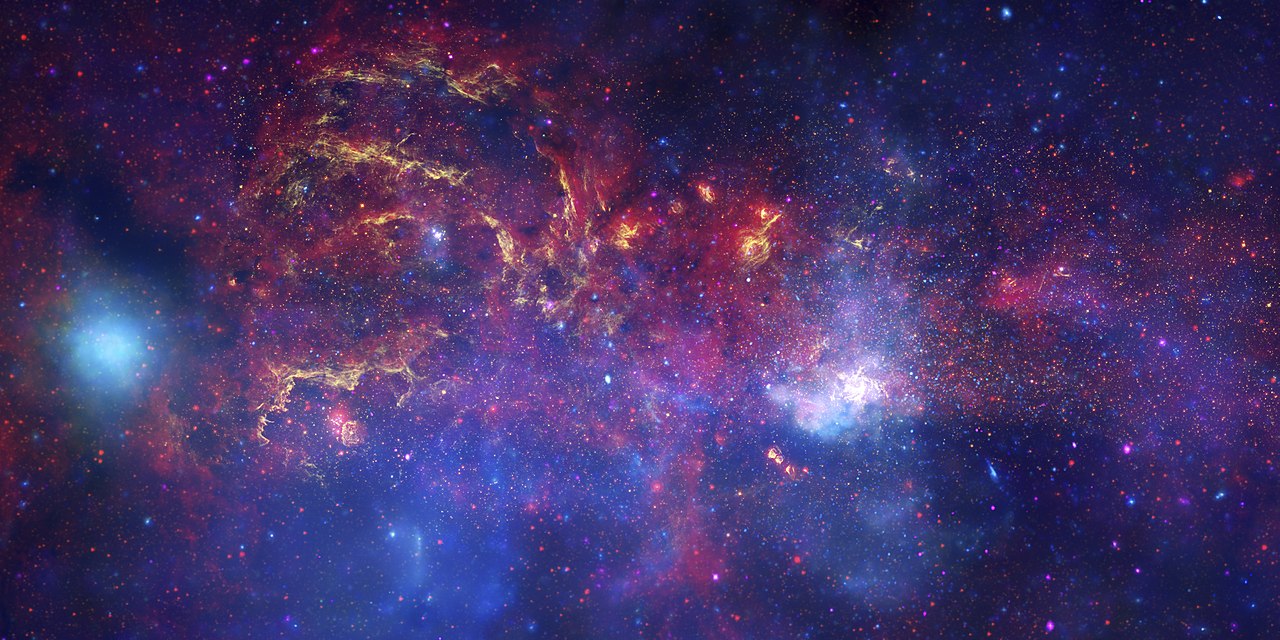
Are there civilizations somewhere else in the Universe? Somewhere else in the Milky Way? That’s one of our overarching questions, and an answer in the affirmative would be profound.
Humanity’s pursued the Search for Extraterrestrial Intelligence (SETI) in one form or another since shortly after the advent of radio waves in the early 20th century. Efforts have waxed and waned over the decades, but the search has never been completely abandoned.
The search detected transient hints in the form of unexplained radio waves in the past, but nothing that comprises reliable evidence. Now a new search for technosignatures in the Milky Way’s center has turned up nothing.
Continue reading “Astronomers Scan the Center of the Milky Way for Any Sign of Intelligent Civilizations. Nothing but Silence.”Nearby Supernovae Exploded Just a few Million Years Ago, Leading to a Wave of Star Formation Around the Sun
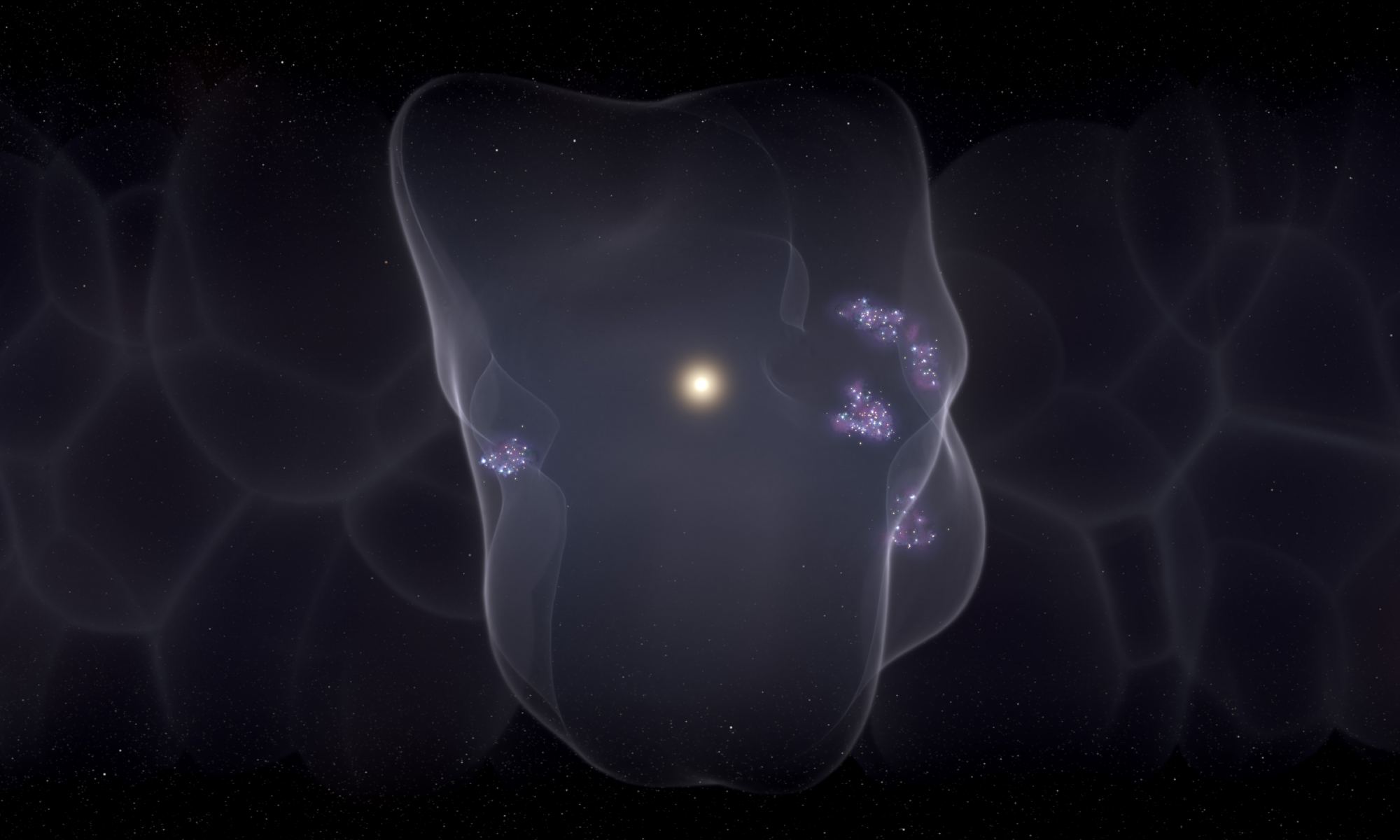
The Sun isn’t the only star in this galactic neighbourhood. Other stars also call this neighbourhood home. But what’s the neighbourhood’s history? What triggered the birth of all those stars?
A team of astronomers say they’ve pieced the history together and identified the trigger: a series of supernovae explosions that began about 14 million years ago.
Continue reading “Nearby Supernovae Exploded Just a few Million Years Ago, Leading to a Wave of Star Formation Around the Sun”
